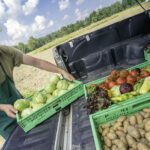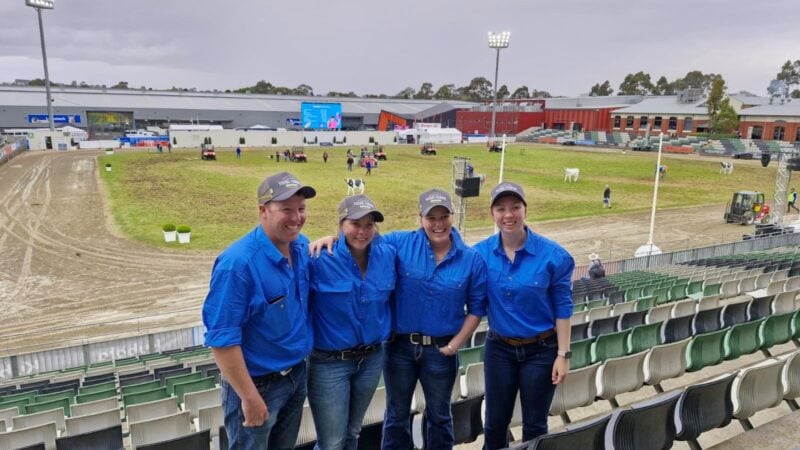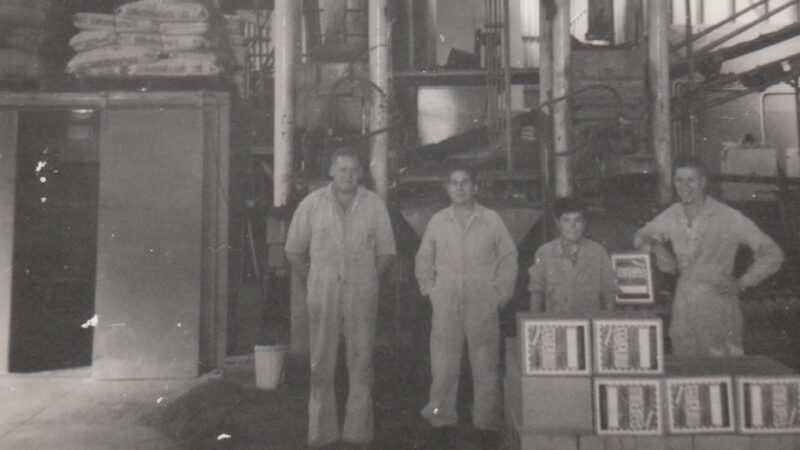Sponsored by Loam Bio
Scenic views win out over solar project in Mudgee
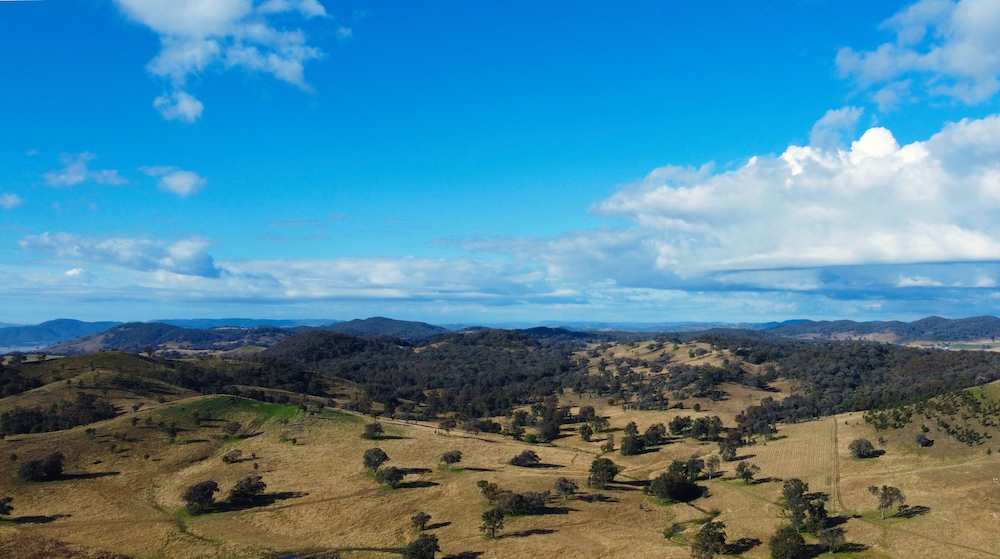
NSW Farmers hails court ruling as a win for tourism and local vistas, sparking debate on the future of renewable projects in areas not known as tourist towns.
A five-year fight by local landowners and the council in Mudgee against the 10 megawatt (MW) Burrundulla solar project has ended, after the NSW Land and Environment court knocked the application back on the grounds of its impact on �scenic quality.�
In her judgement, senior commissioner Susan Dixon agreed the solar project was too close to homes, and factors such as building mounds of earth to hide the solar panels from the road into Mudgee would disrupt the characteristic rolling vistas of farmland for which the town is renowned.
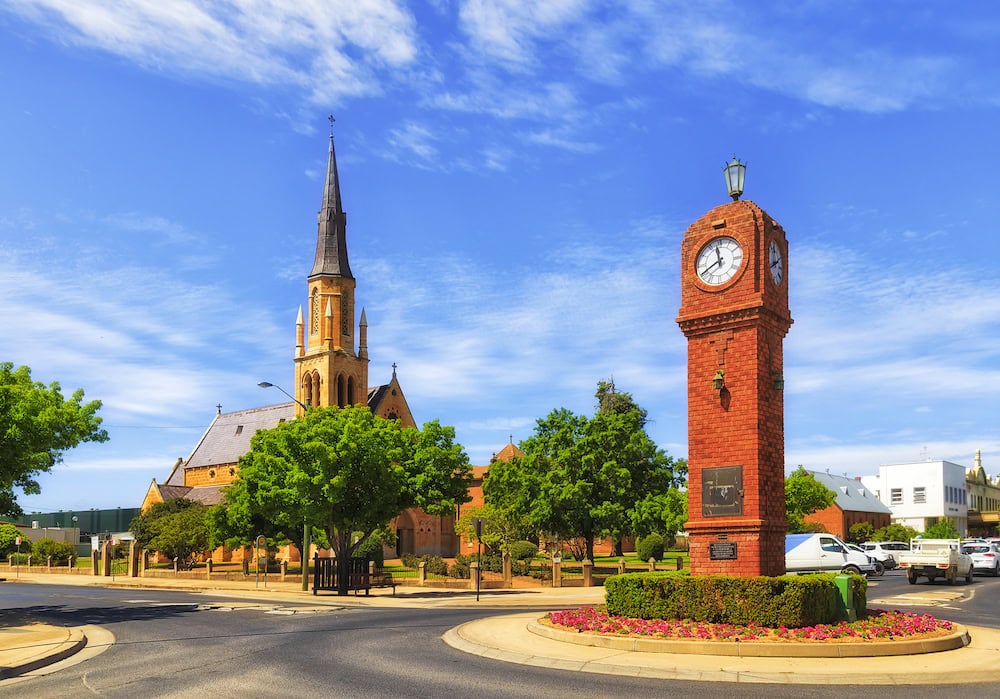
�The excessive scale of the proposed solar arrays, located on a site that is within a low-lying, visually sensitive rural landscape setting adjoining the main entrance corridor to Mudgee� demonstrates that the development as proposed is not suitable for the site,� Ms Dixon said in her judgement.
�The Council submits that the development … will be an alien feature in the relevant setting, and based on my observation at the site view, I agree. The development, whilst permissible, is uncharacteristic and will intrude into the landscape.�
Unsightly solar panels
IT Power�s project consisted of 25,000 panels which the court found would change the extensive views over farmland that makes up much of Mudgee�s scenic beauty.
Notably, Mudgee is located within the Central-West Orana renewable energy zone (REZ), where a smaller 5MW project had been approved by the council in 2022, on the opposite side of town.
The court criticised the Burrundulla solar project for insufficient engagement with the community. It pointed out the reliance on planning norms and expert opinions instead of direct dialogue with Mudgee�s residents about their concerns.
Mid-Western Regional Council Mayor Des Kennedy said the residents of Mudgee are not against renewable energy projects, but the location of the Burrundulla solar project at the entrance to the town was the major factor that created the opposition.
The final hearing in December 2023 was the third time the project had been in court after being rejected by the Council, but a state regulation change in early December changed the way the views around Mudgee now need to be taken into account by renewables developers.
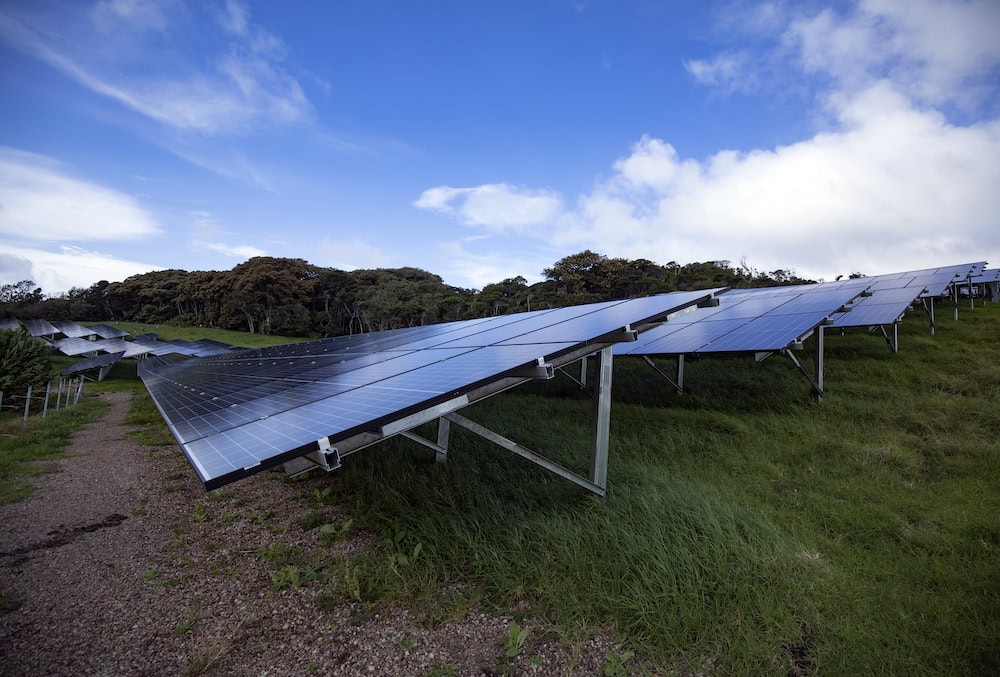
The change meant Mudgee is a �regional city� under the state Environmental Planning Policy (Transport and Infrastructure) 2021. A year later, the NSW Large-Scale Solar Energy Guideline followed up by stating that developers must take into account landscape character, which is �an area or sense of place definable by the quality of its built, natural and cultural elements�.
The Burrundulla solar project was right inside the Mudgee city zone, and councils have the power to reject any wind or solar projects if they will damage or change views or scenic quality.
Saving rural vistas
NSW Farmers Association Policy Director Nick Savage said the judgement is good for the people of Mudgee but the decision leads to more questions about similar projects situated in areas that are not �regional cities�.
�It does seem like one of the underpinning reasons for the judgement was because Mudgee is now a regional city. So, it becomes one of those special cases that get assessed on impacts, such as tourism,� Mr Savage said.
�Mudgee is a winner and so are the tourists � in many ways, city people are benefiting too. On one hand, it is a great win � it�s basically saying that Mudgee is a regional city that relies on tourism, which means the rural vistas must be kept for city people to enjoy,� he said.
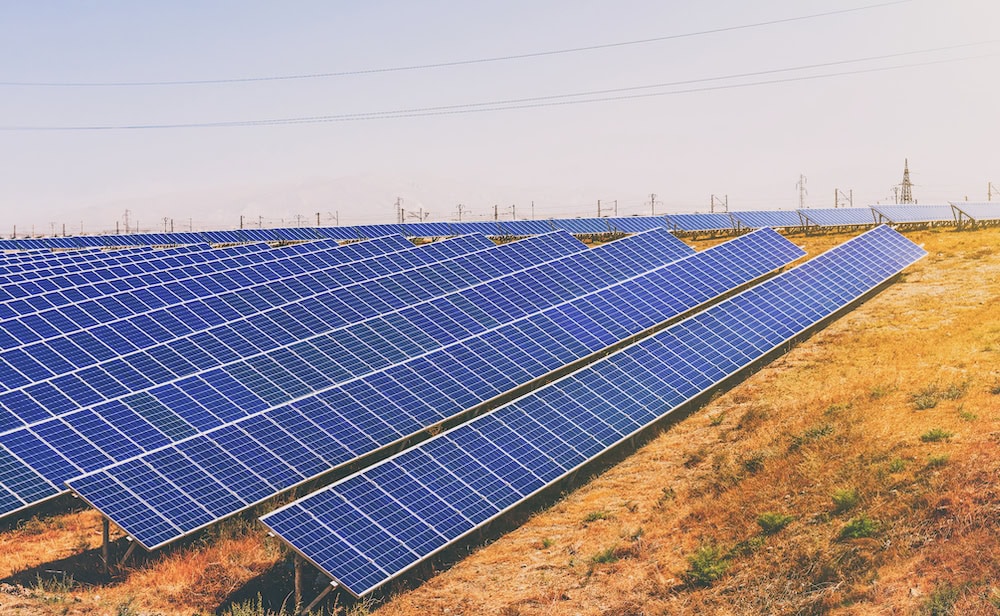
�But what about the farmers who�ve lived there for generations? Will they also be considered as being just as important as the tourists? I feel that the answer might be �No�.�
Meanwhile, in the Gundary Plains, southeast of Goulburn, residents neighbouring a potential BP solar project are battling to preserve their scenic views. �
Their picturesque landscape is threatened by the potential development of a solar facility, which could install upwards of 740,000 solar panels, an area almost 30 times larger than the rejected Burrundulla solar project.
�It will be interesting to see what value the court will place on other area, for the people who are living there and have maintained these rural vistas. But, without the status of being classified as a regional city or known as a tourist town, would they be able to benefit? Only time will tell. I find the Land and Environment court decision very interesting but now the biggest question is, how far will it go?� Mr Savage said.
If you enjoyed this piece on rural preservation, you might like to read this spotlight on the popular small town of Hay.




